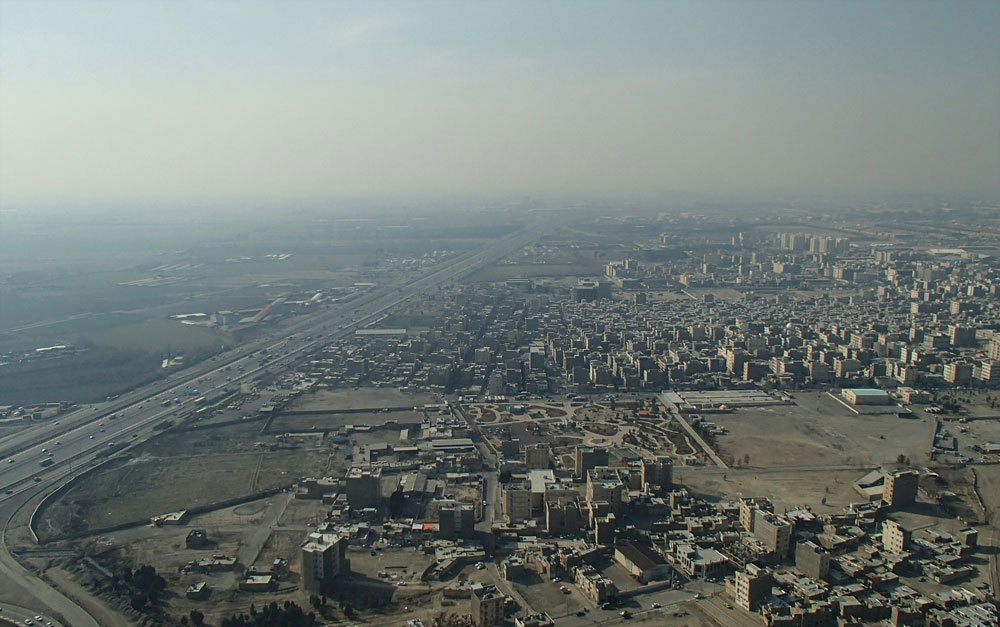The World Health Organization’s updated database of worldwide air pollution has put Zabol in Iran’s Sistan-Baluchestan Province on top of the list, bestowing it the unenviable title of world’s most polluted city.
However, an official at the Department of Environment claims the measurements cited in the database are “old and unreliable.”
“The measurements are from 2012 and they were not collected using pollution monitoring devices on land,” Saeed Motessadi, deputy for human environments at the DOE, was quoted as saying by ISNA.
He said air pollution monitoring devices were installed in Zabol in 2014, “which means the WHO must have used statistical models to estimate the air pollution, which is not reliable.”
Observers say the senior DOE official’s bitter response to the UN organization’s report was rather irate, unexpected and inconsiderate. Motessadi did not explain what the WHO stands to gain, or for the matter lose, by putting Zabol on the top of pollution heap.
WHO’s new database measures air pollution in two different ways; as such, two different cities have been labeled the world’s most polluted. One way is to measure the concentration of PM10 — particulate matter between 2.5 and 10 microns in size, while the other measures PM2.5 concentrations, which are smaller and more dangerous.
Based on PM10 levels, the Nigerian city of Onitsha is the world’s most polluted city, but measuring PM2.5 concentrations puts Zabol on top.
The coarser PM10s include dust stirred up by cars on roads and the wind, soot from open fires and partially burned carbon from the burning of fossil fuels like coal, oil and wood. The particles are small enough and are inhaled deep into the lungs.
But the ultra-fine particles known as PM2.5s can only be seen with a microscope and are produced from all kinds of combustion. These are tiny enough to get from the lungs into the blood supply and are possibly more deadly because they affect the cardiovascular system.
Relentless Dust Storms
Zabol, which experiences summer temperatures as high as 40° C or even higher, is struck by relentless dust storms during the warm months in what is locally known as “120 days of wind.”
The dust storms, which sweep across the province and cripple daily life by forcing people to remain indoors, have become more frequent and severe in the past several years thanks to the drying up of the key Hamoun Wetlands.
Once a thriving lagoon and a major source of income for the locals, the Hamouns are now almost completely dry, becoming the biggest source of dust storms in the province and one of the largest in eastern Iran.
Plans are underway to restore the wetland, but experts say it will take years for restoration efforts to bear fruit, if at all.
The Hamouns are transboundary wetlands on the Iran-Afghanistan border and comprise three lakes. Construction of dams and canals in Afghanistan have led to water being drawn for agriculture in the Afghan provinces of Kandahar, Helmand and Nimrooz, causing water levels in the lakes to plummet. To make matters worse, four reservoirs were built in Iran, diverting more water and speeding up the desiccation of the wetlands.


